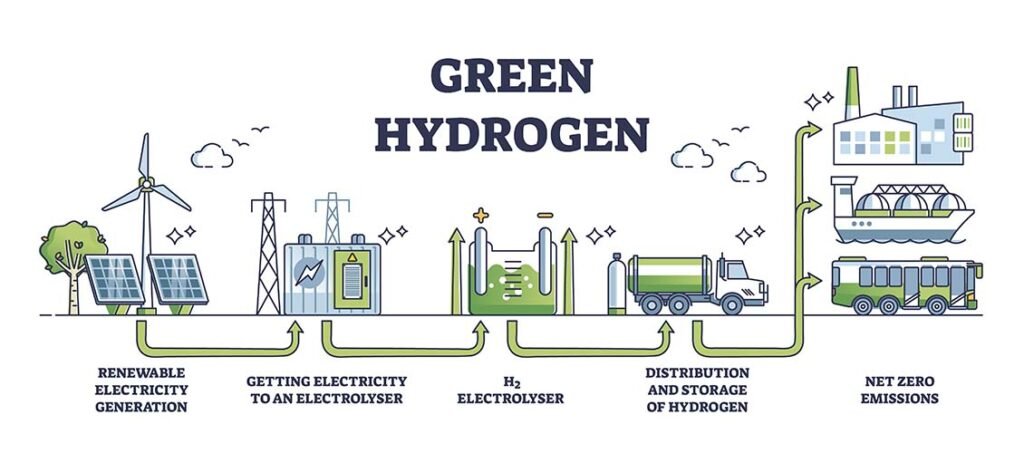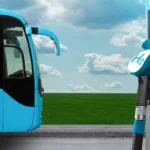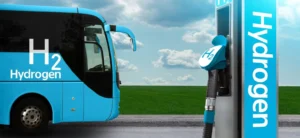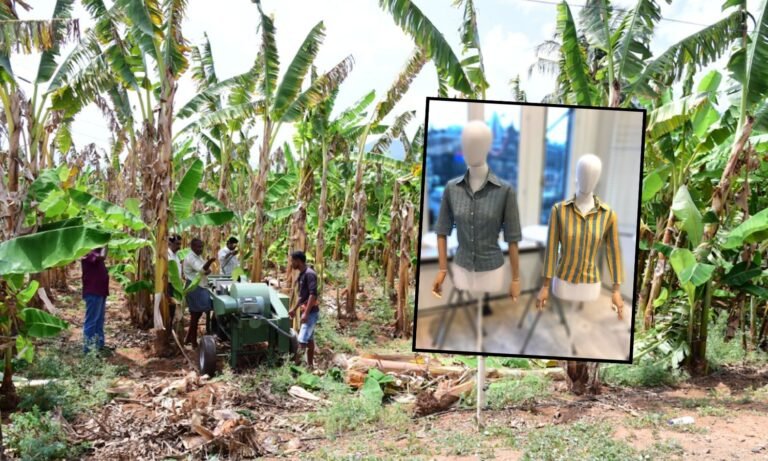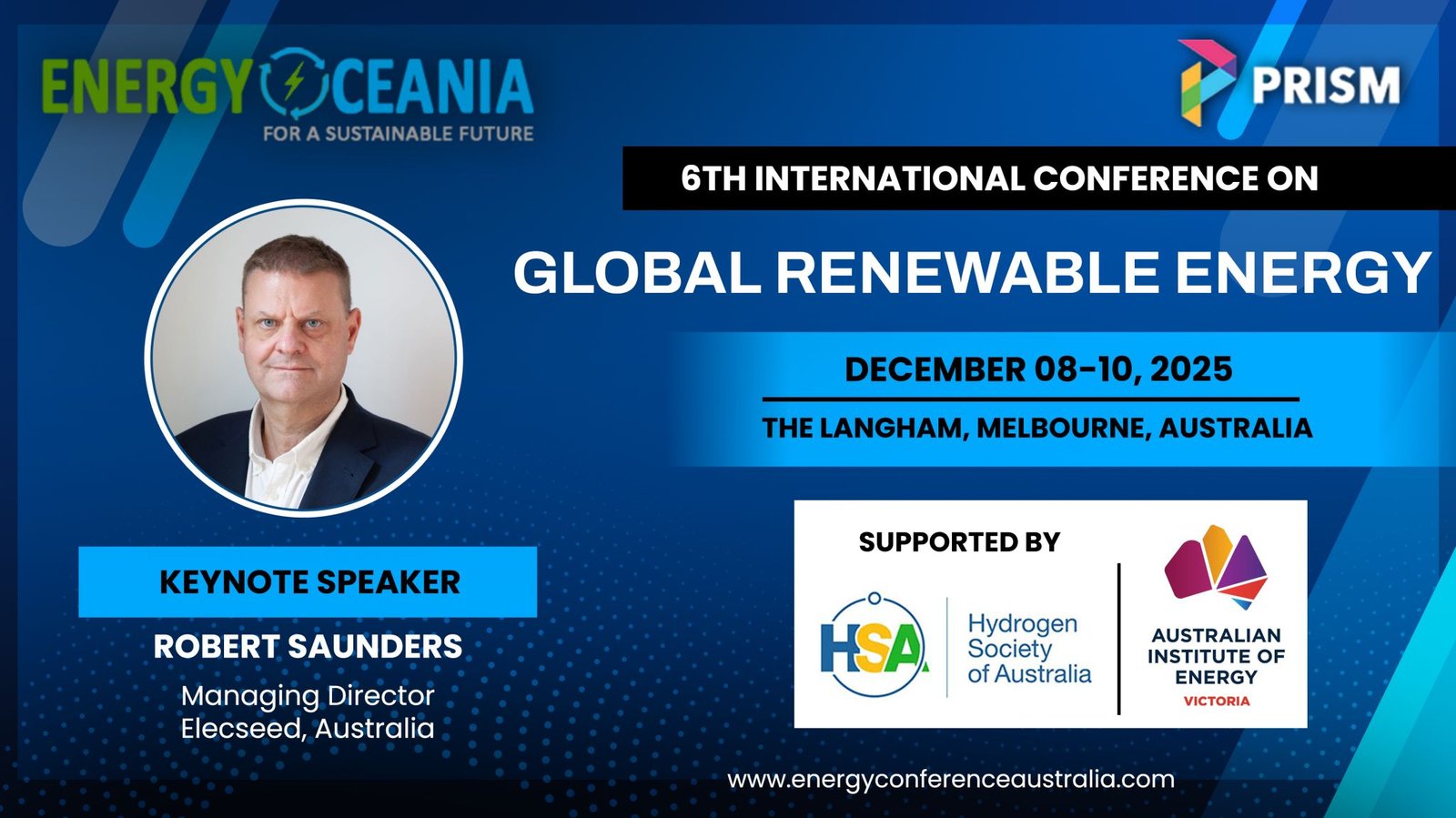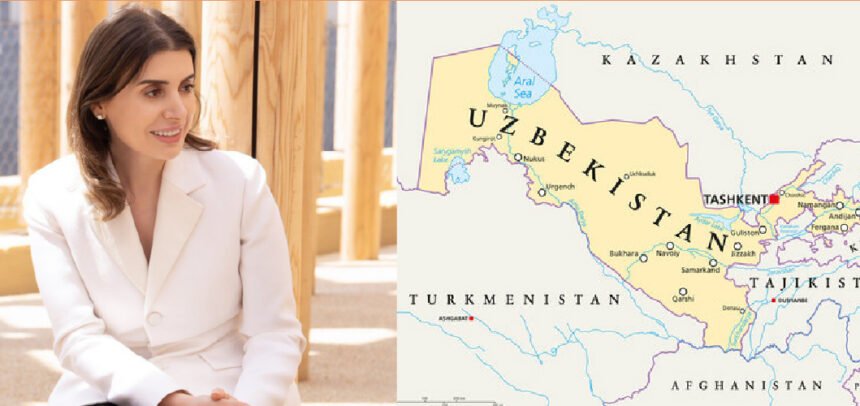“By the end of 2028, Nepal will have an excess of 3500 MW of electricity that might go to waste if proper energy management and policies are not defined at present. Exports of excess hydroelectricity by inter-border grid connection among the South Asian Countries is one of the major discussions in Nepal However, geopolitical issues and high energy prices in Nepal may limit this possibility”.Hydrogen Central
In January 2024, the Nepal government introduced the Green Hydrogen Policy 2080 BS. This strategic initiative is designed to boost the production and use of green hydrogen, using electricity derived from renewable resources such as hydropower to counteract the negative effects of climate change. Nepal’s abundant natural resources to generate Hydropower with an estimated 40,000 MW electricity generation, which contribute to powering the country as well as the economy with electricity exports.
Prof Dr Biraj Singh Thapa, team leader of Green Hydrogen Lab at Kathmandu University, said that the government has a lot of potential to use the electricity generated from hydropower projects as an alternative to petroleum through hydrogen.
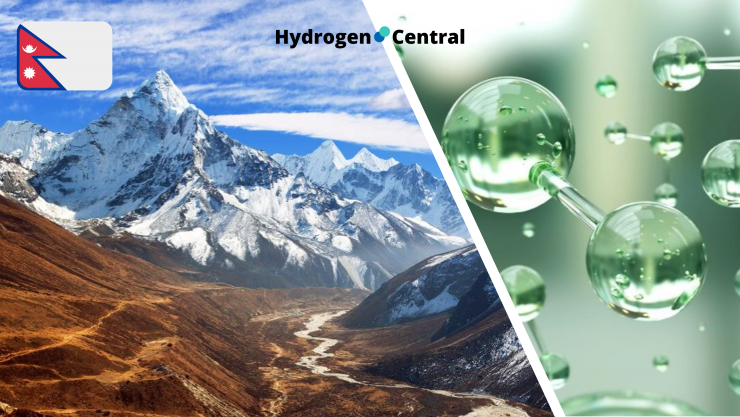
image: Hydrogen Central
“The policy serves especially as an alternative to petroleum products and to help in the production of chemical fertilizers.” He said, “The policy is like a ripe fruit hanging in the sky. Now we need to harvest it. Practical implementation of the policy requires the formulation of acts and regulations,” Thapa added.
The Green Hydrogen Policy has several key objectives, reflecting a holistic strategy to promote sustainability and minimize environmental impact.
The main objectives include: Transitioning to a Low Carbon Economy and Decreasing Dependence on Petroleum, to promote green hydrogen to cut its reliance on imported fuels and as a substitute for conventional domestic petroleum products reducing imports of coal, furnace oil, LPG gas, and other substances that currently contribute to the country’s trade deficit of approximately 13 percent, which could be redirected back into the economy – empowering Nepal as a self-reliant center for a sustainable energy future. Encouraging Industrial Diversification especially in the production of chemical fertilizers using green hydrogen and its derivatives to improve economic growth and energy security. Boosting Research and Development is crucial to stimulate studies and research on the commercial uses of green hydrogen and its derivatives.
Nepal has an enormous potential for hydropower generation, with ongoing projects surpassing 20,000 megawatts in various stages of development. The Green Hydrogen Policy strategically aligns with this potential, envisioning the use of excess hydroelectricity for the production and consumption of green hydrogen.
While Nepal appears to be an attractive foreign investment frontier, located between India and China, with an approximate annual GDP of USD36.3 bil., trade totaling USD15.9 bil, – and considerable potential in the energy, tourism, information and communication technology (ICT), infrastructure and agriculture sectors – Nepal’s political instability, widespread corruption, cumbersome bureaucracy, and inconsistent implementation of laws and regulations have deterred potential investment (source: US Bureau of Economic and Business Affairs in 2023 Nepal Investment Climate Statement)
2022 Global Gender Gap Report included in the Nepal Human Development Report 2020 highlighted the structural barriers and social exclusion that underpins gender discrimination and inequality in Nepal- a UN Sustainable Development Goal #5 Gender Equality (SDG). In 2022 about 2,300 rape cases were reported in Nepal according to police, but rights workers say many more assaults go unreported in the deeply patriarchal country.

